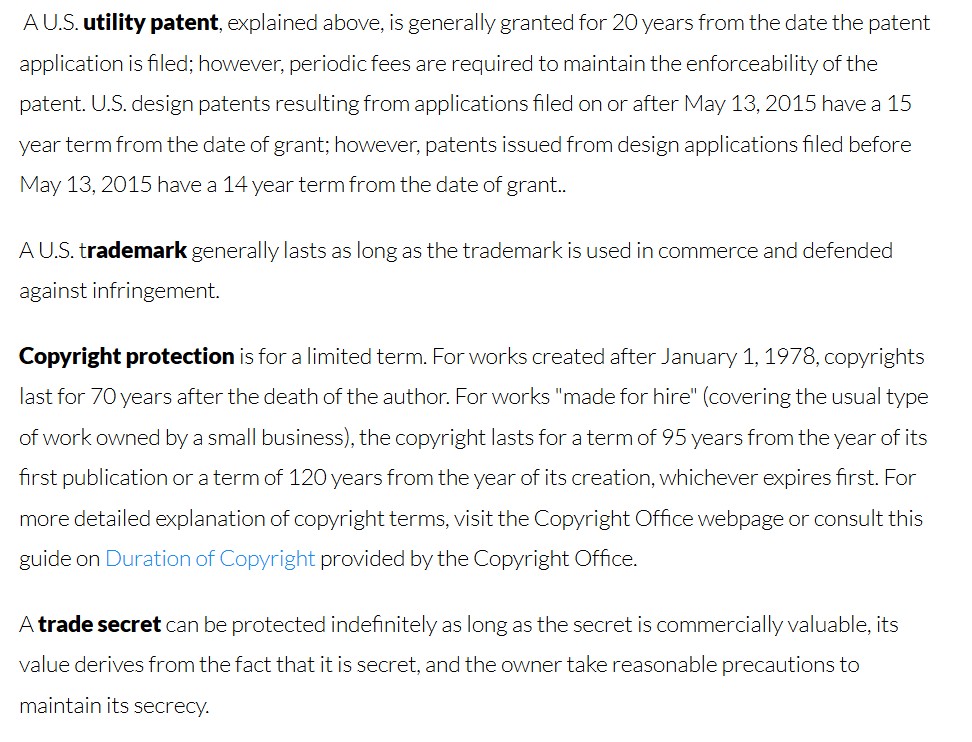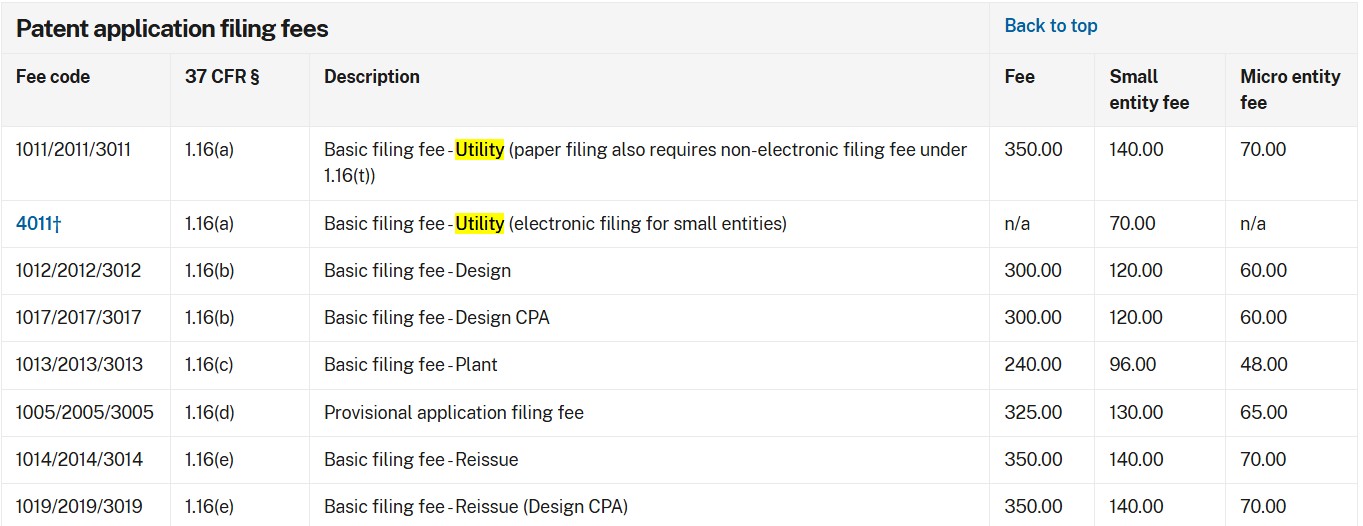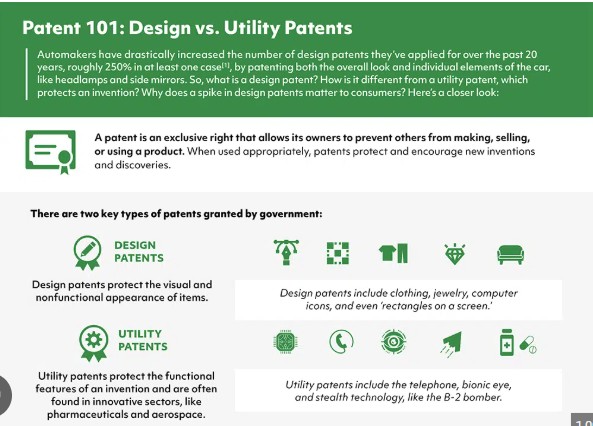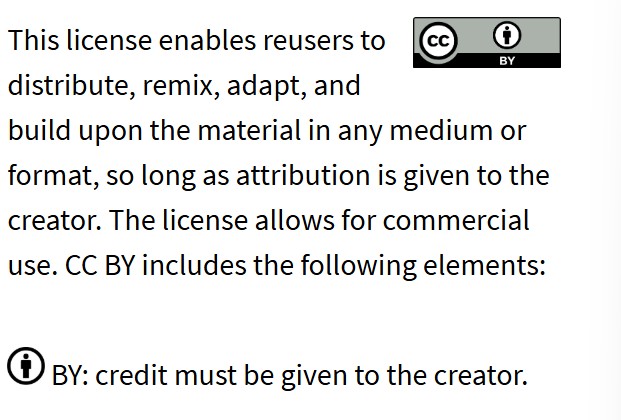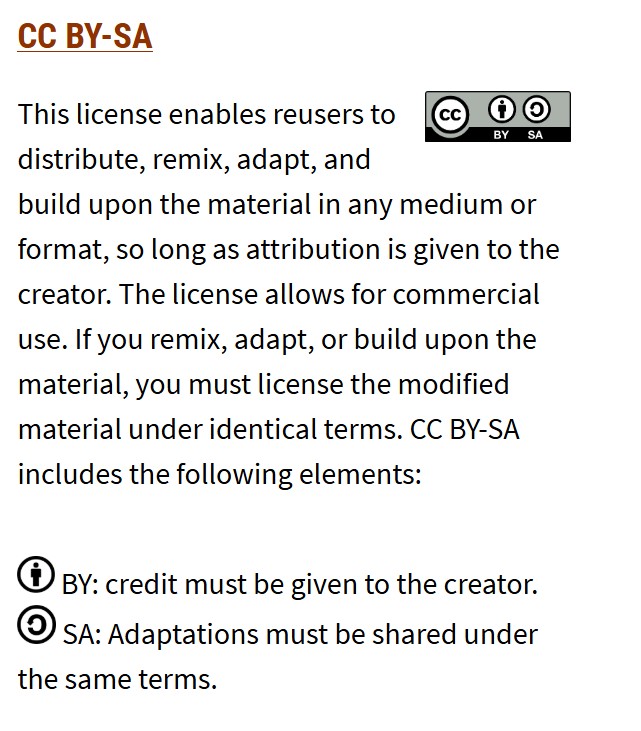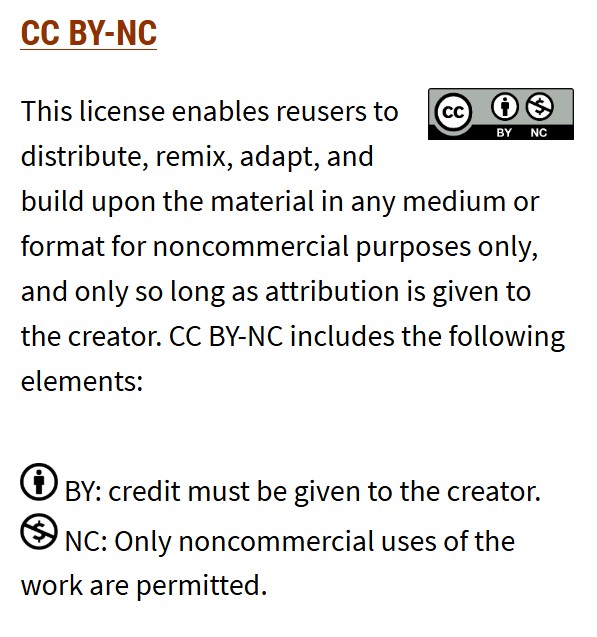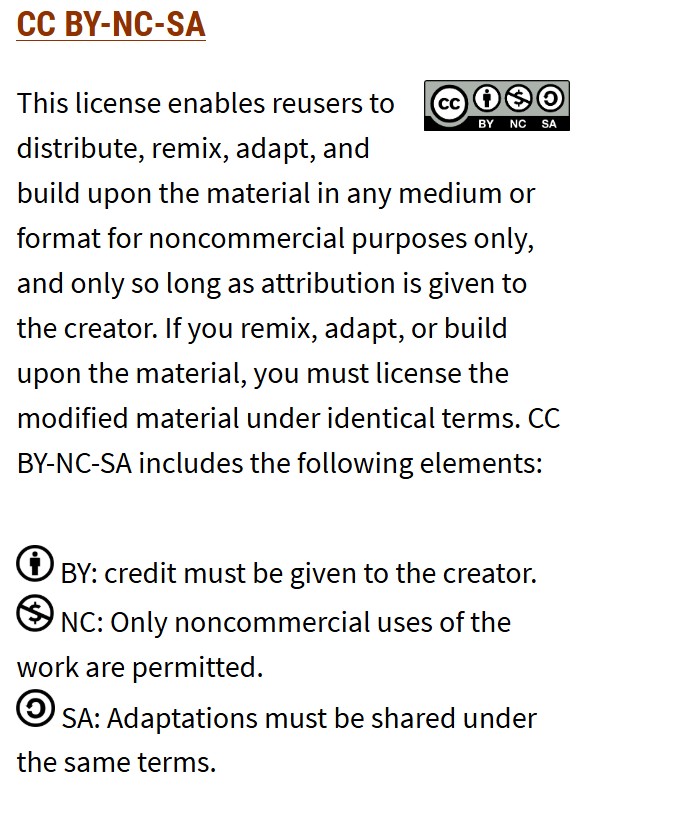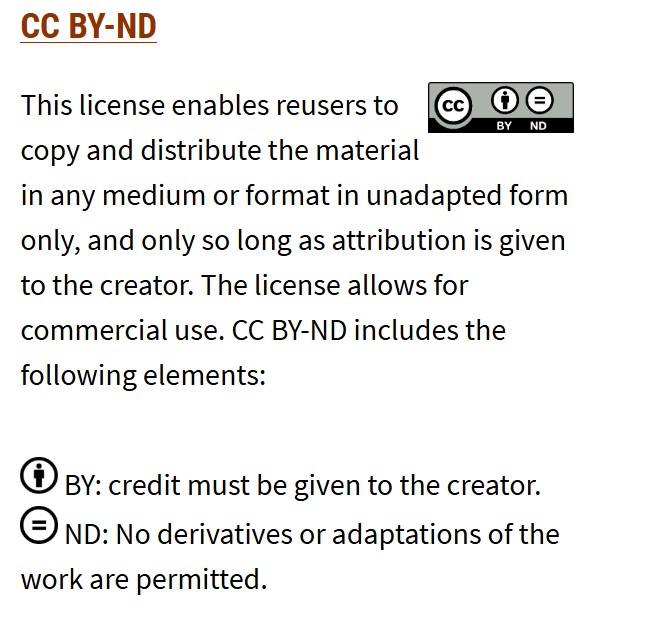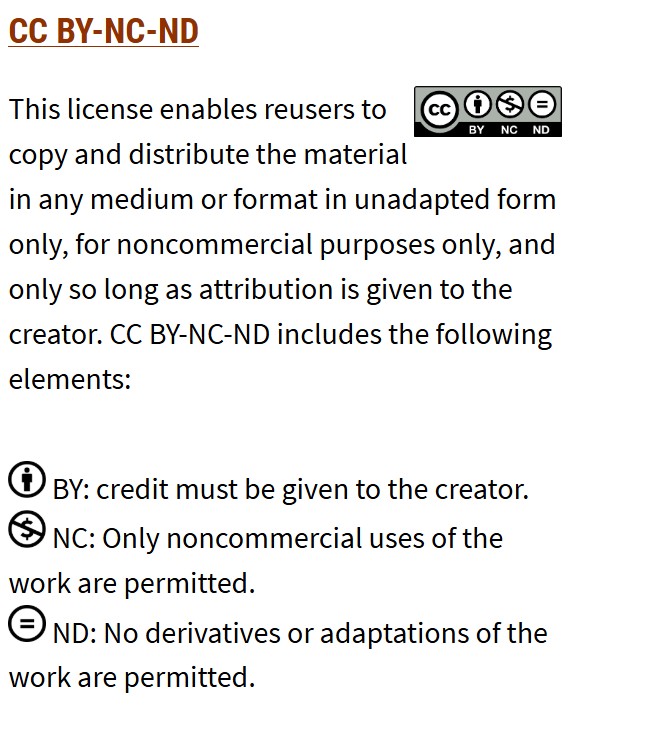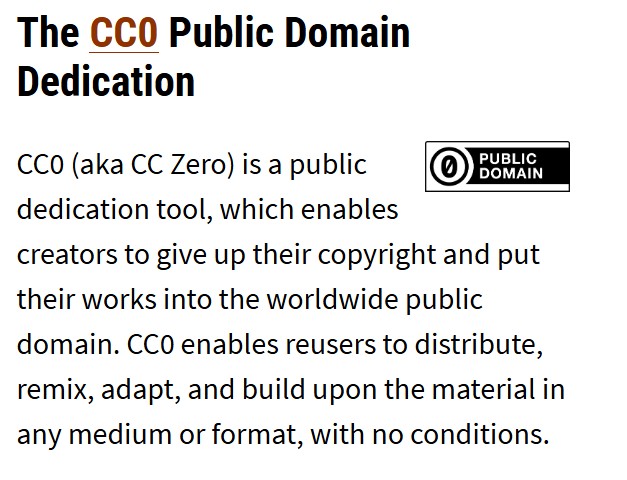Invention, Intellectual Property, and Income
Patents & Why I'm Probably Not Getting One
Qualities of projects that are viable to get a patent for:
Originality/Novelty
The project must be genuinely new. It cannot
have been previously known or used by others in the same field.
It also cannot have been publicly disclosed.
Non-obvious
The project must be some kind of an inventive leap.
Utility
The project must be useful, and not a mere theory
or idea.
Non-infringible on other patents
The patent cannot infringe on other patents.
Why My Project Probably Does not Qualify/Other Reasons Why I Wouldn't Get One
I don't believe my project is entirely new. The concept of
gas sensors alerting miners is not novel. Many miners across the world
use gas sensors as part of their work gear/safety on the job.
My project has also been publicly disclosed in the form of my fab academy presentation and obviously this website.
While my project has a lot of potential utility, I think these qualities disqualify it.
Most common type of patent: utility patent
Utility patents have a longevity of 20 years, generally much shorter than trademarks, copyright protection, and trade secrets,
as shown in the image. Utility patents are common for individuals, the others are more common amongst companies or other entities.
The fee for filing a utility patent is also AT LEAST $70, though in my experience, the patent office will generally
also ask for the 1011 fee ($350) regardless of if you filed electronically or through paper, and regardless of the size of your entity.
Utility vs. Design Patents
Utility patents are for the functionality of a project, and last 20 years. Design patents are for the 'look' of a project,
such as a specific, patentable feature of clothing or jewelry,
and they last 15 years after issuance. Design patents are also generally cheaper to obtain.
Creative Commons Licenses
My License:
MineGuard © 2025 by
Hanna Ondrasek is licensed under
CC BY-NC-SA 4.0



License types
All information below is based on the content of this webpage:
Creative Commons Page
CC BY
The most permissive Creative Commons license, where other users can use and make different iterations
of a project, as long as credit is given to the original creator. Commercial use is permitted.
CC BY SA
The second most permissive Creative Commons license, where other users can use and make different iterations
of a project, as long as credit is given to the original creator, and users must license the remixed material under the same conditions.
Commercial use is permitted.
CC BY NC
This Creative Commons license allows other users to use and make different iterations
of a project, as long as credit is given to the original creator.
Commercial use not permitted.
CC BY NC SA
This is my Creative Commons license for this particular project,
as I believe it is wrong to withhold allowing iterations for a philanthropic project like this,
but it is also wrong for anyone to profit off of this project or any of its iterations (iterations must also be licensed as noncommercial).
This license allows for iterations of a project, but for noncommercial use, and iterations also must be licensed under CC BY NC SA.
CC BY ND
This license allows for only identical iterations of a project, where
credit must be given to the owners. Commercial use is permitted.
CC BY NC ND
The least permissive license. This license allows for only identical iterations of a project, where
credit must be given to the owners. Commercial use is not permitted.
CC0 Public Domain Dedication
This is so permissive that it actually isn't a license.
The owner of a project gives up copyright and puts their project
into the public domain. Users can use projects in the public domain
with no restrictions.
These licenses cannot be revoked after applying.
Dissemination Plan/ Possibilities & Probabilities
Given that MineGuard is intended as a philanthropic endeavor, my primary goal for dissemination is to make the technology and its benefits as widely accessible as possible, particularly to mining communities that could truly benefit from enhanced safety measures.
Here's how I envision the possibilities and probabilities unfolding:
Open-Source Collaboration and Community Engagement (High Probability)
My chosen Creative Commons license, CC BY-NC-SA, is important to this. By allowing non-commercial adaptations and requiring "ShareAlike," I'm encouraging other innovators, engineers, and even mining safety organizations to build upon my work.
Possibility: The project files, schematics, and code for MineGuard will be openly available on platforms like GitHub. This allows anyone with the technical know-how to download, modify, and improve upon the design.
Probability: High. This aligns perfectly with the spirit of the chosen license and maximizes the potential for global reach and improvement. I'll actively promote the project within relevant online communities and forums.
Partnerships with Non-Profit Organizations and NGOs (Medium-High Probability)
Many non-profit organizations focus on improving safety and working conditions in hazardous industries, including mining.
Possibility: I could reach out to organizations like the Mine Safety and Health Administration (MSHA) or international bodies focused on mining safety. I could offer my design and research for their evaluation and potential integration into existing safety programs or for pilot projects in vulnerable communities. These organizations often have the resources and networks to implement solutions on a larger scale.
Probability: Medium-High. While direct adoption might take time and further development, the non-commercial and share-alike nature of the license makes it an attractive proposition for organizations whose mission aligns with improving safety without a profit motive.
Academic Research and Development (Medium Probability)
Universities and research institutions are always looking for impactful projects to explore and develop.
Possibility: Presenting MineGuard at academic conferences or publishing a paper on its development could attract interest from researchers in fields like electrical engineering, materials science, or occupational safety. This could lead to further research, optimization, and even specialized adaptations for different mining environments.
Probability: Medium. The project demonstrates practical application of various technologies, making it a good candidate for academic exploration, but it would require active outreach on my part.
Educational Outreach (High Probability)
The journey of developing MineGuard has been incredibly educational for me, and I believe it can be for others as well.
Possibility: The detailed documentation of my project, including this website, can serve as a valuable educational resource for students interested in electronics, sensor technology, and socially impactful engineering. I could potentially offer workshops or online tutorials based on my experience.
Probability: High. This website itself serves as a foundational step for educational outreach, and I'm keen to share my knowledge.

